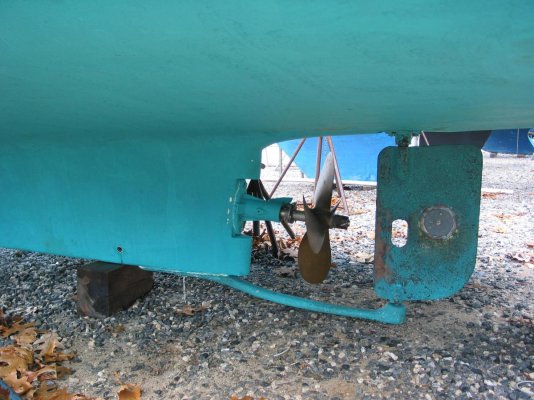KenM
Veteran Member
1984 Mainship 34, cummins 6bt 210 engine.
Under 1800 rpm or so, noise level in cockpit is quite low and a non issue, but if I go over 1800 rpm the noise level in the cockpit increases dramatically. Any other MS 34 owners experience this? Possible issues could be the bearing in the bulkhead under the sliding door or possibly the cutlass bearing. Or is this "normal" for this boat. Looking at the prop shaft, I see no vibration when this occurs and it "seems" fine, but the dramatic increase in noise does concern me. Ideas?
Under 1800 rpm or so, noise level in cockpit is quite low and a non issue, but if I go over 1800 rpm the noise level in the cockpit increases dramatically. Any other MS 34 owners experience this? Possible issues could be the bearing in the bulkhead under the sliding door or possibly the cutlass bearing. Or is this "normal" for this boat. Looking at the prop shaft, I see no vibration when this occurs and it "seems" fine, but the dramatic increase in noise does concern me. Ideas?




